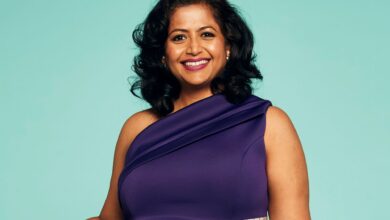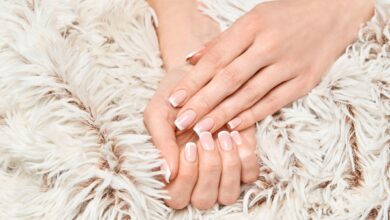My family laughed at my skin care mask – now I’m 54 and still do DIY anti-aging
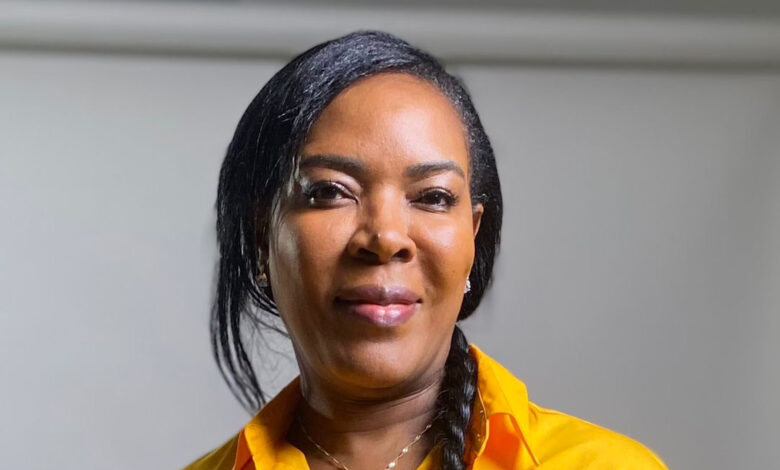
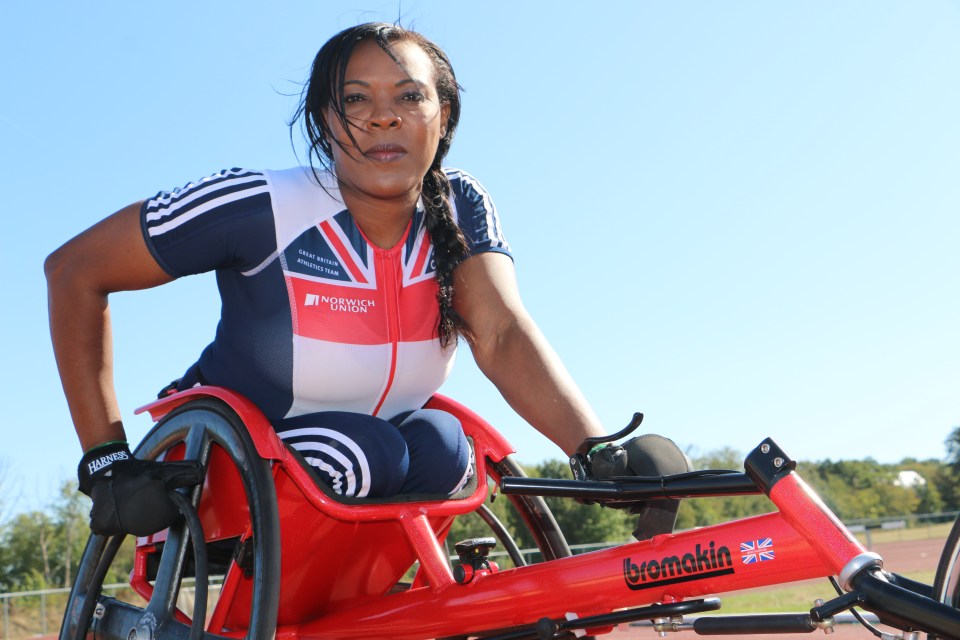
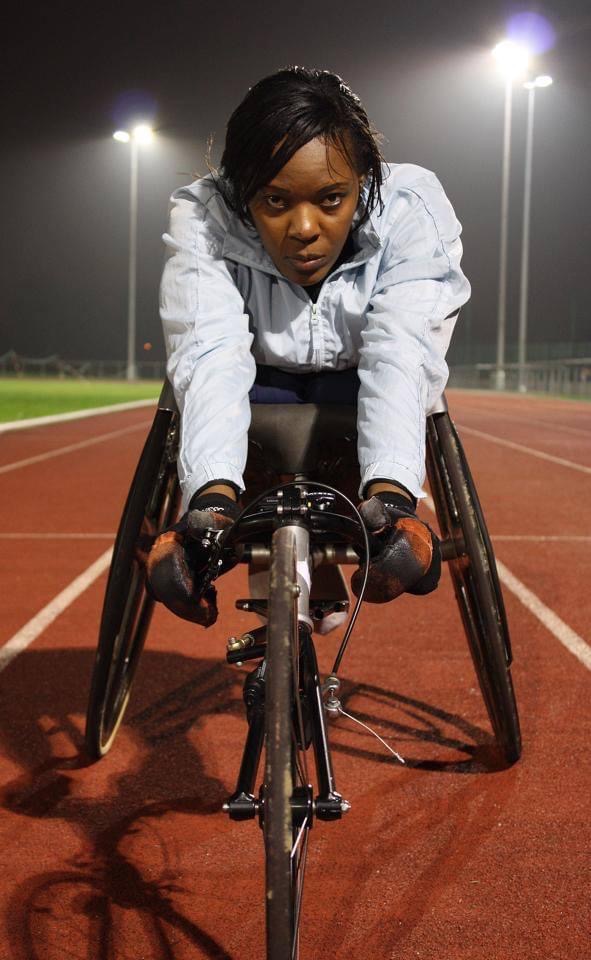
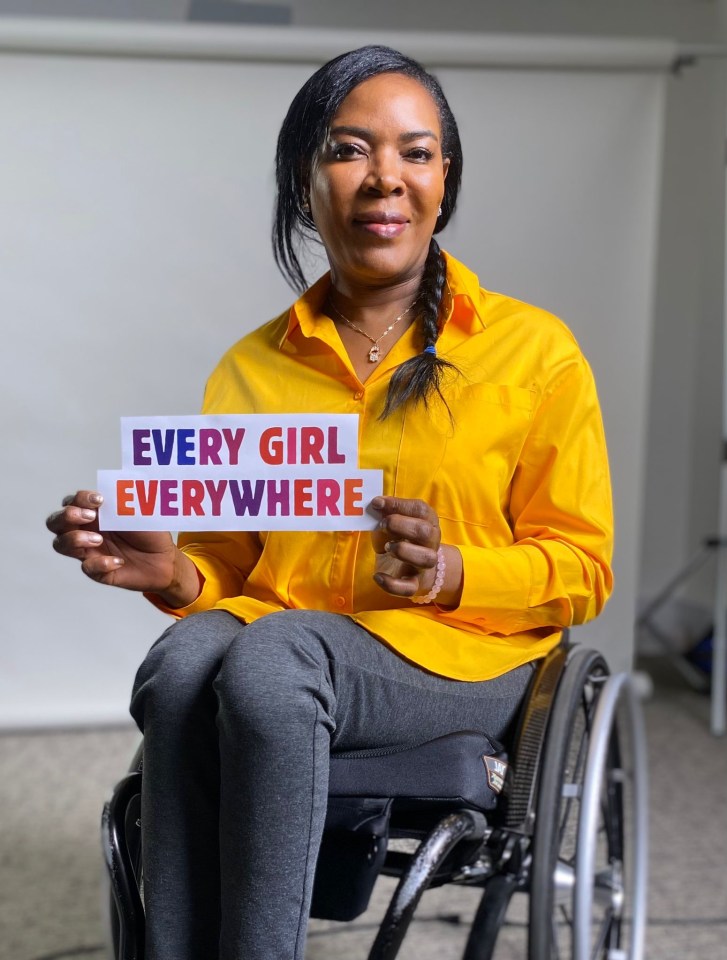
A 54-year-old woman says she owes her youthful appearance to using homemade skin care products from a young age.
Anne Wafula Strike said her family and friends used to laugh at her for making face masks from natural ingredients.
Strikewho was born in Kenya but now lives in London, England, is a Paralympic athlete and disability rights advocate.
Speaking to The US Sun, she opened up about the skincare habits that keep her looking youthful.
FOREVER YOUNG
Strike’s skin was “nearly perfect” by her late 20s, thanks to a simple routine that involved washing her face with lukewarm water and mild soap.
“Family and friends used to laugh about it, but once a week I would mix honey, avocado and a spoonful of milk and use that as a face mask,” she said.
Read more anti-aging tips
“I would also save the leftover milk, heat it up, mix it with water and use that as a facial cleanser.”
Since then, she’s expanded her skincare routine to include cleansing, toning and moisturizing twice a day.
She mainly uses SPF on sunny days and occasionally has a professional facial.
“I don’t like skin care products that are harsh on the skin. I prefer products that are gentle, but really work,” she said.
“Once you know your skin type, you can take care of it. No need for expensive skin care products.
“I have a very good vitamin C serum.
“I also really like the moisturizers you can buy ready-made at drugstores and supermarkets, but I have sensitive skin, so I’m careful with the ingredients.”
BEAUTY UPGRADE
Strike says that through experimenting with products, she discovered which ones make her skin flare up.
In addition to buying drugstore products, she also makes her own beauty products.
“Once or twice a month I mix turmeric with olive oil, a little bit of castor oil and avocado and use it as a face mask,” she said.
“I also make a face mask with dandelion and coconut oil.
“I heat up pressed coconut oil, mix it with cooked dandelion and strain it. Then I add a little Bio-Oil.
“It’s enough for a big pot, which is what I’m using at the moment.”
FOOD FOR THE THOUGHT
Strike starts each day by drinking a glass of warm water with lemon. The goal is to drink at least 2 liters of water throughout the day.
She has never been a fan of soft drinks and believes that a healthy diet goes a long way towards a youthful appearance.
“I never understood why people like chocolate and stuff like that. I grew up in Africa and was lucky enough that I never developed a sweet tooth,” she said.
“Sugar is not necessary. I haven’t had it in years.
I think exercise helps slow down aging.
Anne Wafula Strike
“We naturally get sugar from other foods we eat. I don’t drink soft drinks and I don’t put sugar in tea or coffee.
“I have also started to reduce my dairy intake. I try not to eat too much salt or saturated herbs, I prefer fresh herbs.”
Her lunch and dinner plates always include a “large portion” of vegetables, with broccoli, spinach, kale and okra being among her favorites.
She also roasts seeds, such as sunflower seeds and peanuts, in the oven to eat.
“I pride myself on eating fresh foods, lots of vegetables, and I think exercise is a contributing factor to slowing aging,” she said.
“I try to get enough sleep, and always aim for eight hours of sleep per night.
“Sometimes when I’ve had a tough week, I try to find time to compensate for that.
“I never had wild nights, I prefer to stick to a comfortable routine and be at home.”
Strike does not drink alcohol, does not smoke and is aware of stress management.
“Sometimes I melt candles and add plants and herbs to them. It gives a lovely scent to the house,” she said.
“Feeling relaxed and calm is also good for your mind and body.”
ROLE MODEL
Anne Wafula Strike is currently the leader ‘Every Girl, Everywhere’ by CBM UK campaign to ensure that all girls with disabilities can go to school.
“I myself contracted polio when I was two and a half in Kenya and was paralyzed from my chest to my knees,” she says.
“My family and I have faced serious discrimination and I have experienced first-hand the extremely difficult barriers that girls with disabilities face at school.
“There are 33 million children with disabilities in low- and middle-income countries who are out of school today, and most of them are girls.
“Sometimes the barrier is simply that you need glasses, but a family cannot afford them.
“Sometimes the barriers are located inside the school building, for example in classrooms where there is no wheelchair ramp, or in school toilets where there are no handrails.
“Sometimes schools simply do not have the right support, such as sign language translation for a deaf student.
“I believe that every girl, wherever she lives, should be able to go to school.”






